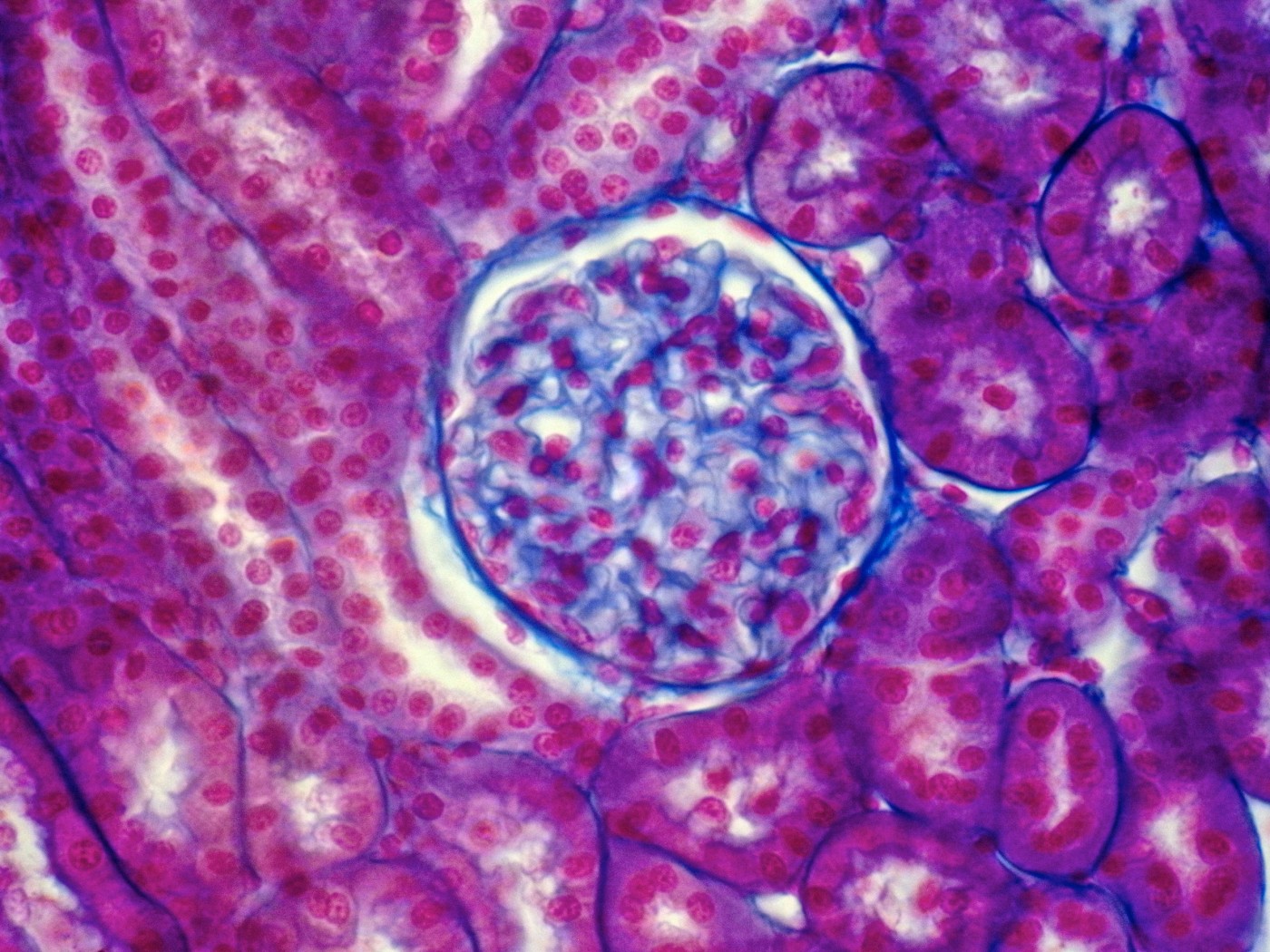Survival After Kidney Transplant Lower in SCD Patients Than Other Kidney Disease Patients, Analysis Shows
Written by |

Survival of sickle cell disease patients (SCD) with end-stage renal disease who undergo kidney transplant is significantly lower compared to other renal disease patients who have the same procedure, a retrospective analysis shows.
That finding, “Survival and specific outcome of sickle cell disease patients after renal transplantation,” was published in the British Journal of Haematology.
Kidney disease (nephropathy) is one of the leading causes of death among SCD patients. Kidney transplant is considered the best strategy to improve outcomes among the general population with kidney disease, but specific data for SCD patients is lacking.
A group of researchers did a retrospective analysis of clinical and demographic parameters of 36 SCD patients (22 men and 14 women, average age 37 years) who underwent kidney transplants in France.
All patients had end-stage renal disease (ESRD) and required dialysis, either hemodyalisis (when a machine is used to clean the blood after which the blood is returned to the body, 88.9%) or peritoneal dialysis (when the peritoneal membrane, natural lining of your abdomen, is used as a filter to clean the blood, 11.1%).
The researchers assessed patients’ outcomes, including graft and patient survival, compared to a control group of 102 patients without SCD matched for age, sex, year of transplant and type of donor (either living or deceased).
The median time from when SCD patients began dialysis to transplant was 30 months on average. Fifteen patients (41.7%) received a blood transfusion and 13 patients (36.1%) an exchange transfusion (removing a volume of the patient’s blood and replacing with donor) before surgery.
Twenty-nine (80.6%) of the SCD patients received a kidney from a deceased donor (average age 45 years). Patients received immunosuppressive therapy following surgery and were followed for a median of 17.4 months.
The results showed that immediate postoperative complications occurred in nine patients (25%). These included transplant hematoma (seven patients), infection by the cytomegalovirus (14 patients), and in another four cases infection with that virus progressed to disease. Bacterial infection, most commonly leading to inflammation of the kidney, affected 11 patients. Fifteen patients were affected by other bacterial infections, and six additional cases had opportunistic infections (more frequent and more severe in people with weakened immune systems).
At the end of the study, 12 SCD patients (33.3%) died, of whom seven had a well-functioning kidney. The transplant was somewhat functional in 22 patients who survived the transplant. These patients had an estimated glomerular filtration rate of 52.8 ml/min/173 m2 (below normal values).
Compared to the control group (patients with other renal diseases who underwent a kidney transplant), the overall survival of SCD patients was similar during the first two years. However, from year five to year 10 was significantly lower in the transplanted SCD patients.
Overall, the results show “patient survival after renal transplantation is significantly lower in SCD patients than in transplant patients with other renal diseases,” the researchers wrote.
“Further studies are warranted to improve surgical and postsurgical management, optimize immunosuppressive treatment and reduce the risk of severe infection, with the aim of decreasing the risk of death after renal transplantation,” the study concluded.





